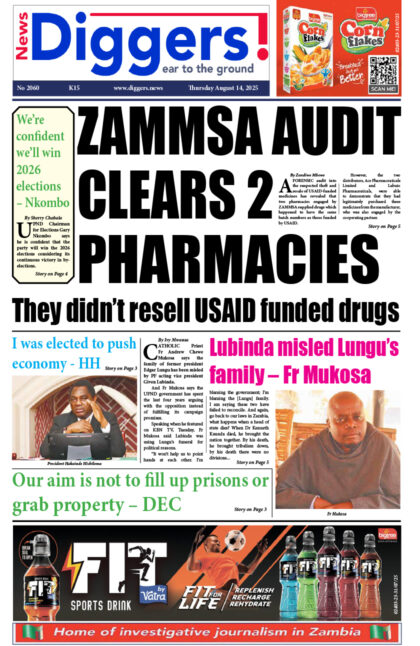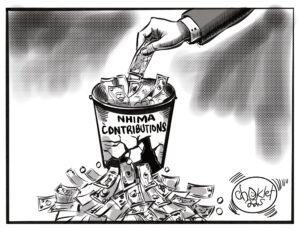ECONOMIST Caesar Cheelo has urged the Bank of Zambia (BoZ) to maintain the Monetary Policy Rate (MPR) at eight per cent as increasing it will tighten liquidity conditions in the financial market.
And Cheelo says the BoZ’s Medium-Term Refinancing Facility remains limited to stimulate other sectors, such as manufacturing and agriculture where demand for goods is likely to increase as the COVID-19 pandemic dissipates.
In an interview, Cheelo observed that reducing the MPR would lead to a rise in inflation and increase the cost of living.
“My MPC expectation is broadly to maintain the same Monetary Policy position of the previous MPR. Inflation is a growing concern with the annual rate of inflation having increased from 10.7 per cent in October, 2019, to 16 per cent in October, 2020. However, tightening the monetary policy (through a higher BoZ policy rate and higher statutory reserve requirements) will further subdue already-subdued liquidity conditions in the financial markets. Loosening the Monetary Policy stance will yield more inflation, causing even higher costs of living than the high costs already being experienced. The balancing act will be quite tight, but this has to be done, to maintain the pre-existing policy stance,” Cheelo said.
He added that the consistent kwacha depreciation was as a result of long-term structural imbalances.
“The exchange rate is also a growing concern, but if you take a long-term view, you will notice that the kwacha has been weakening consistently year-after-year with depreciations more massive in the 1980s and 1990s than what we would expect to see in the 2020s. The consistent annual depreciation simply means Zambia has so-called long-term structural imbalances. Overall, the country does not earn enough Forex (foreign exchange) from its exports of goods and services and from FDI inflows – to cover its Forex needs to settle import bills and external debt service needs. These long-term structural imbalances are well beyond BoZ and its short-term Monetary Policy instruments. For now, the best BoZ can do – pending institutional reforms to take on longer term developmental policy objectives – is to use its instruments to smooth out short-term volatilities/fluctuations. It should leave the issue of formulating and implementing policies for structural transformation to redress the long-term currency depreciation to lead ministries MNDP, MCTI and MoF, who are at the apex of long-term planning for development and structural transformation,” he added.
And Cheelo said that the Refinancing Facility remained limited towards stimulating the county’s economy.
“In mid-April 2020, BoZ established a K10 billion COVID-19 Facility called the Targeted Medium-Term Refinancing Facility (TMTRF) to strengthen and enhance resilience of the financial sector. By design, this Facility is limited to protecting financial intermediaries from suffering losses from non-performing loans and loan defaults during COVID-19. The benefits are, therefore, currently very limited to financial market stability. Because of the limitations of the Facility to only one economic sector, MoF issues an K8 billion COVID-19 bond, which is essentially another borrowing instrument. The COVID-19 bond was meant to be a stimulus package, but because of the ongoing fiscal challenges, ended up being about fiscal stabilisation (balancing government cash-flow). Thus, the TMTRF remains as the only truly viable option for offering wider stimulus to the economy,” said Cheelo.
























